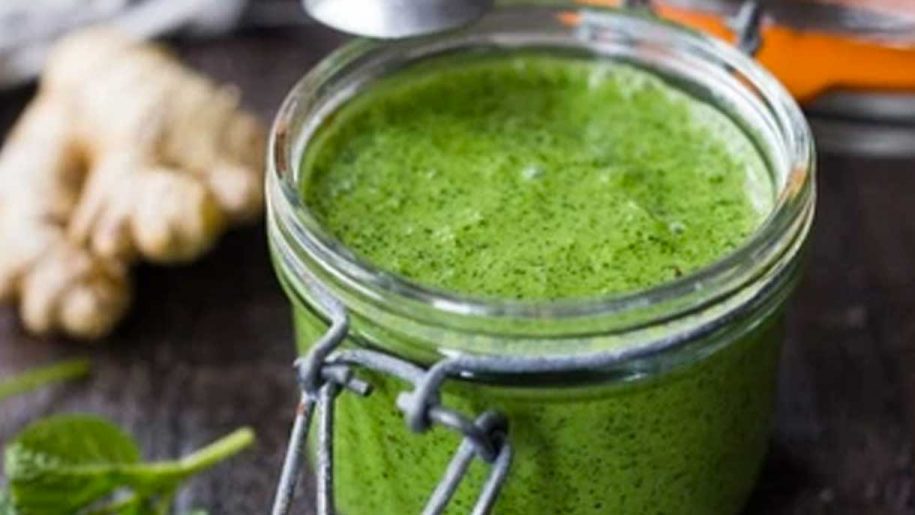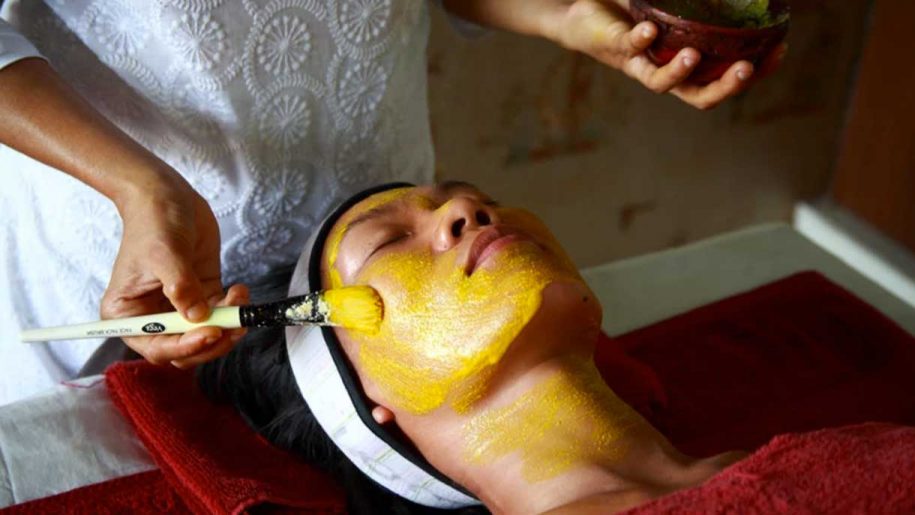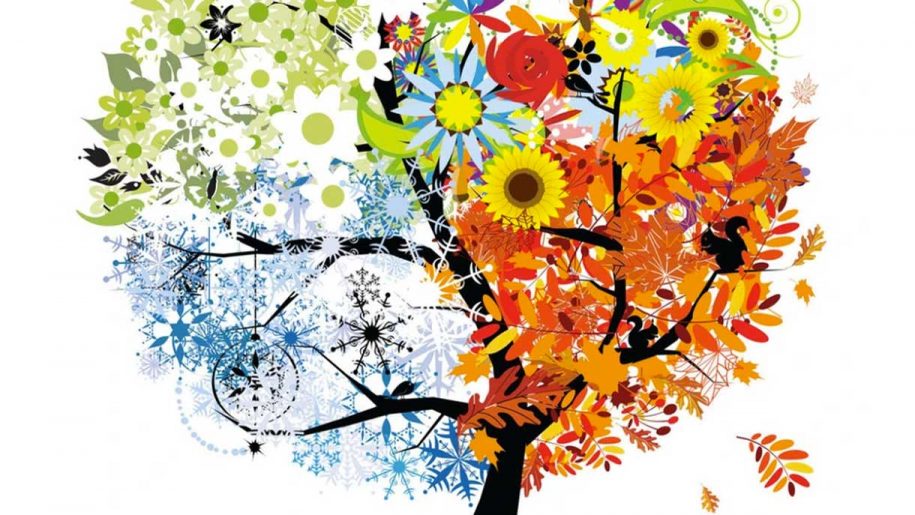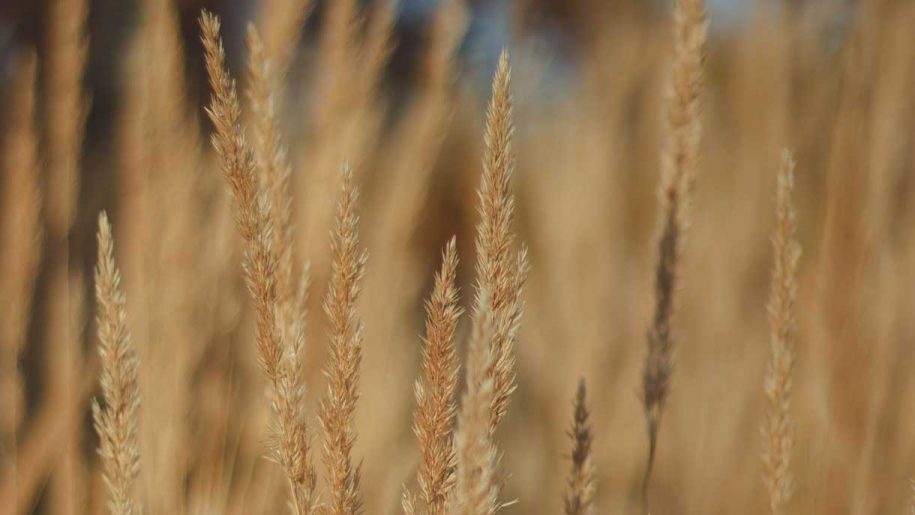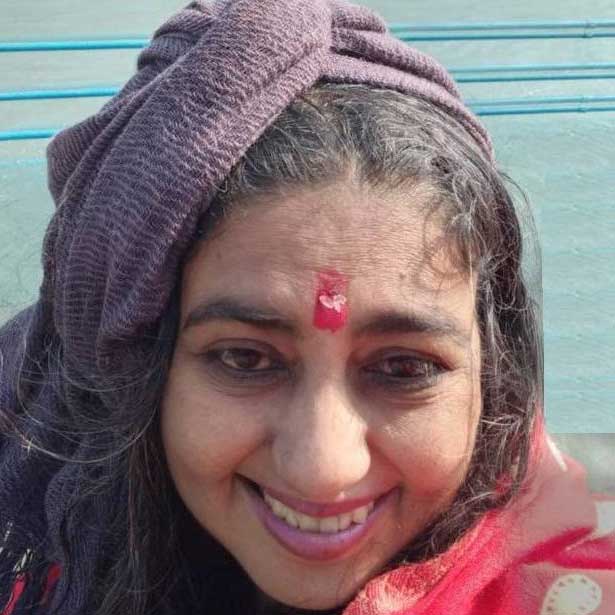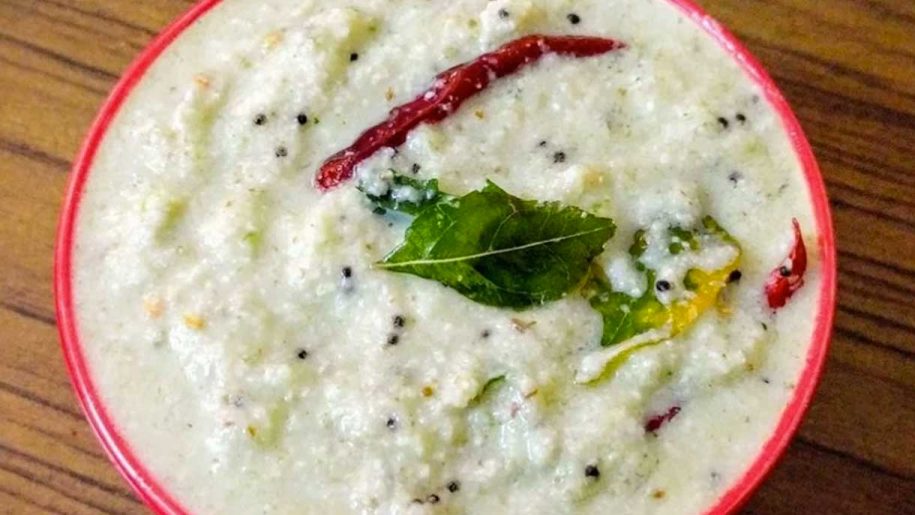
Coconut Chutney
Serves 2
Ingredients
- 1 cup of coconut
- 2cm of fresh ginger
- ½ tsp black pepper
- water as required
- ¼ tsp rocksalt
- 10 curry leaves
- ½ tsp black mustard seeds
- Pinch of hing ( asafetida)
- 1 tbsp cold pressed coconut oil or any seasonal oil
- Method
Blend all ingredients together except the last 4 ingredients When a thick soup like consistency has been obtained, take a small wok/pan, add oil mustard seeds and curry leaves. When the seeds have popped and a pinch of hing. Cook hing until medium brown then pour chutney into wok and mix. Mix well and serve
Variations
Use a combination of seasonal herbs with the coconut

